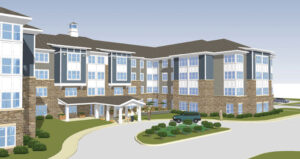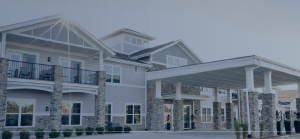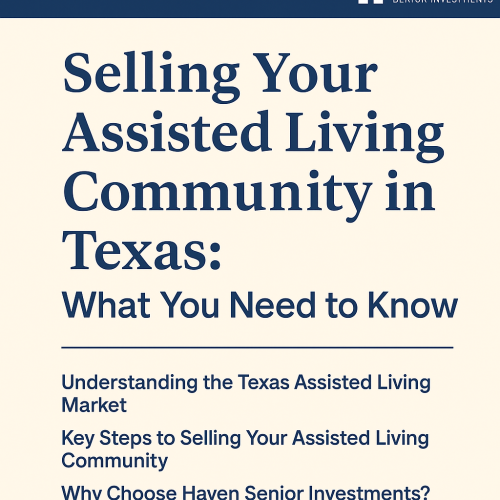As 2020 dawns, the US is about to reach a critical, historic tipping point in its need to care for frail older adults. And we are tragically unprepared.
In just five years, the first of the 77 million-strong Baby Boom generation will reach age 80—the time when people’s frailty increases dramatically and they begin to need high levels of long-term supports and services. And by the end of the new decade, millions of those early Boomers will reach 85, when their care needs increase even more.
Why is age so important? According to a 2019 study by my Urban Institute colleague Rich Johnson, only about 8 percent of those age 65-74 need a high level of long-term supports and services. That percentage increases to 17 percent for those 75 to 84. But the real change occurs just a few years later: 40 percent of those 85 and older need high levels of personal assistance, such as help with two or more daily activities including bathing, eating, or dressing. Four of every 10.
To put it another way, Rich calculated that someone who dies between ages 65 and 74 will have a 50/50 chance of needing a high level of personal care. Of those who live to age 85, three-quarters will require such support before they die.
Dementia is a dramatic example of how the prevalence of disease increases with age. Numbers vary from study to study, but according to an authoritative estimate by the National Institutes for Health, only about 5 percent of those in their 70s have dementia, while about one-in-four of those in their 80s will be diagnosed with some form of memory loss such as Alzheimer’s Disease or vascular dementia.
The same age pattern holds for those with long-term care insurance. According to the American Assn. for Long-Term Care Insurance, nearly three-quarters of all claims are made by those aged 80 or above, and about 45 percent are filed by those 86 or older.
How many people are we talking about? By the end of this new decade, 20 million Americans will be at least 80, and nearly 9 million will be 85 or older, according to the Census Bureau.
Yet we are, as a society, largely unprepared for this dramatic increase in the need for personal care of frail older adults. The vast majority of families have not readied themselves for substantial financial costs. Nor have they discussed how they will manage the needs of parents or spouses.
The government is even less prepared. While Medicare does provide solid health insurance for older adults, it is just now beginning to create limited benefits for home-based long-term care. But they generally are available only for those enrolled in Medicare Advantage managed care plans.
Medicare’s limited personal care benefit
Two-thirds of older adults enrolled in traditional Medicare will receive no long-term care benefits. And, according to public opinion polls, a distressingly large share of seniors still don’t know it.
And, while Medicaid does provide safety net long-term care benefits for those who are both frail and impoverished, the US remains one of the few developed countries in the world that does not offer a public long-term care insurance program. Only one state—Washington—has created such a benefit.
Back in 2010, when the first wave of Boomers was turning 65, we heard much buzz about the Silver Tsunami and the Age Wave, and probably other sea-sickness inducing metaphors that I’ve forgotten. But as Rich’s analysis shows, people at 65 are not much more likely to have long-term care needs than those who are 55 or 60. But turning 80 matters—a lot. Chronic disease begins to take its toll, and we increasingly need help with our daily activities.
Too late
The US should have addressed this need decades ago, as most of the developed world did. Thirty years ago, a commission named for the legendary advocate for the aging, Claude Pepper, laid out the solutions in a comprehensive report on long-term care reform. But US policymakers have done little.
Today, in 2020, it is too late to design a national financing system for Boomers without relying on a major transfer of income from working-age people. We are even running out of time to think about a comprehensive solution for Gen Xers (the oldest of whom are in their early 50s).
We have wasted a generation. Now, the inexorable demographics of old age are about to force us to confront a historic social challenge for which we are unprepared. Time has run out.
Written by: Howard Gleckman






